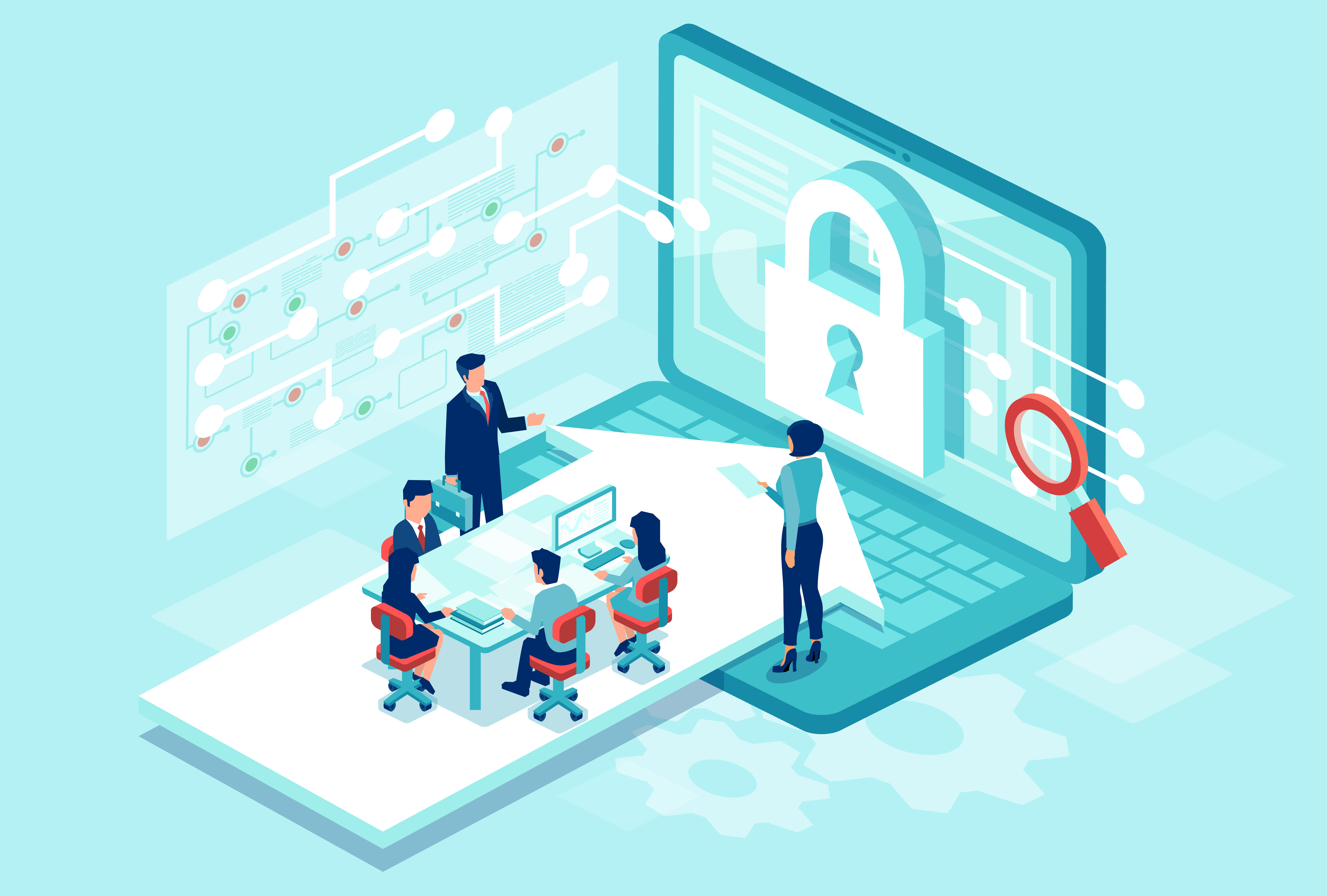
You decided it’s time for new software for your nonprofit. You did the work and found the right technology. You’re excited about the new efficiencies and new capabilities that a new system will bring to your organization. Now it’s time to implement the software.
As exciting as new software can be, making the move to new technology can also seem intimidating. It requires change, and change can often bring anxiety.
But not to worry: With some planning and preparation, you can make the move to new software much smoother and more effective for your entire organization.
Here are seven things you can do to help ensure your new software implementation goes more smoothly and stays on track:
1. Select a Point Person
Designate a person to oversee the software implementation. This person should be familiar with your organization’s existing software and how it is used throughout the organization.
Work with your organization to ensure the person is given enough time to manage both the software implementation project and regular work tasks. This might require postponing some of the person’s projects or temporarily shifting tasks to other staff members in the organization until the software implementation project is completed.
2. Track Down Your Data
You might think you know where all of your data resides. But some can be hiding in unexpected places.
Check in with all staff members at your organization to make sure you know where all data resides. Ask if they’re capturing and maintaining data in places such as spreadsheets or email inboxes to make sure you migrate all necessary information into your new software system.
3. Tidy Up Your Data
No matter how great your new software might be, it won’t work optimally with duplicate, incorrect, or outdated data. Also, some software vendors charge fees for data storage, and there’s no point in paying to store a bunch of data that you don’t need in your new system. That’s why it’s important to start cleaning your data before you migrate to your new software.
If you aren’t sure about the best way to clean your data, or you need an extra hand, ask your new software vendor or your software implementation partner for tips and support.
Remember that while it’s important to prepare your data for migration to new software, data hygiene is not a one-time activity. Establish an ongoing plan to keep your data clean and ready to put to work for your organization. The results will be well worth your time spent.
4. Document Your Data Tables, Queries, Reports and Exports
Create a list of all data tables, queries, reports, exports and dashboards that your organization uses. This will help you to create them in the new system as appropriate. Also, decide if there are any tables, types of records or even specific fields that you do not need to move to your new software.
5. Update Your Database Policies
You don’t have much control over how donors enter their information in your online donation forms, but you can make sure that your staff knows and adheres to data entry standards. Update your database policies based on your new software platform (your new software vendor or implementation partner should be able to provide some guidance), and set aside time for initial and ongoing training for your staff.
6. Update Your Staff Onboarding Checklist
Have an updated checklist in your staff onboarding process that helps to ensure the security of your data and makes sure new staff members have the tools they need to do their jobs. Here are some things to include in your checklist:
- Determine what data permissions/access they’ll need to do their jobs.
- Provide them with usernames and passwords for system and program access.
- Schedule a training session with them to go over policies and procedures.
- Have a process in place to remove staff members from your systems when they leave your organization.
7. Build an Implementation Timeline
Software implementations can take anywhere from days or weeks to months or even years. For example, rolling out a new online donation form is relatively simple and could take a matter of days. On the other end of the spectrum, if your organization is large and doing something complex, like replacing your CRM system, it could take multiple years to plan and implement a new solution.
To make sure you set aside appropriate time for your unique software implementation, build a timeline with input from all stakeholders (including your software vendor and implementation partner). In general, plan for these phases:
- Discovery/planning
- Design (This might include the physical design of a public-facing component, such as a website or form, or it could mean reviewing workflows to ensure new technology, such as a CRM solution, supports your organization’s processes.)
- Development (This phase consists of configuration of the new system, including data mapping and web development.)
- Testing and quality assurance
- Training and deployment
The preceding blog was provided by an individual unaffiliated with NonProfit PRO. The views expressed within do not directly reflect the thoughts or opinions of NonProfit PRO.
